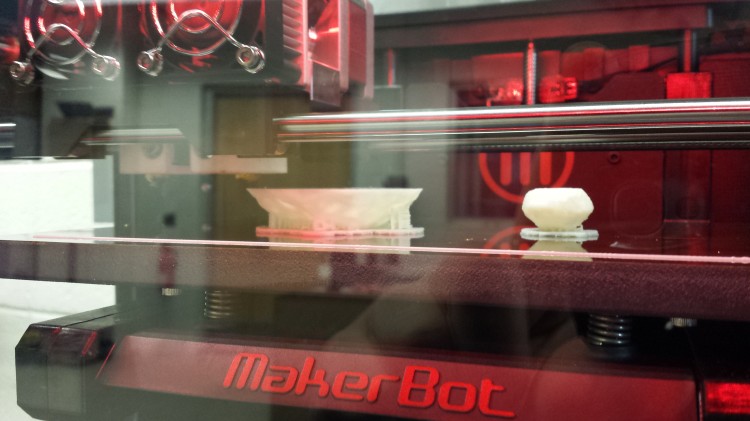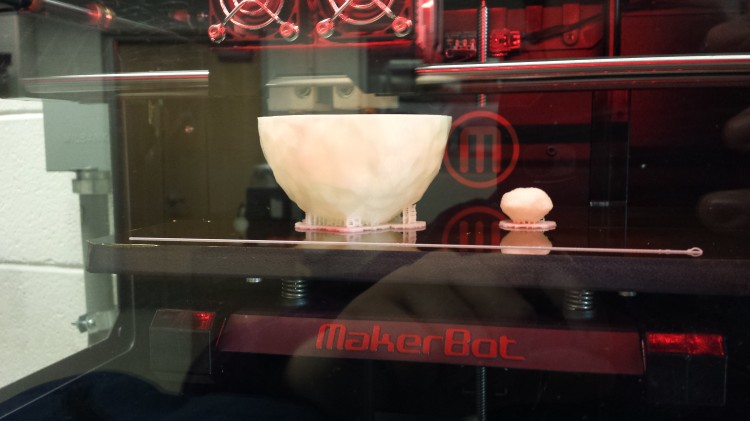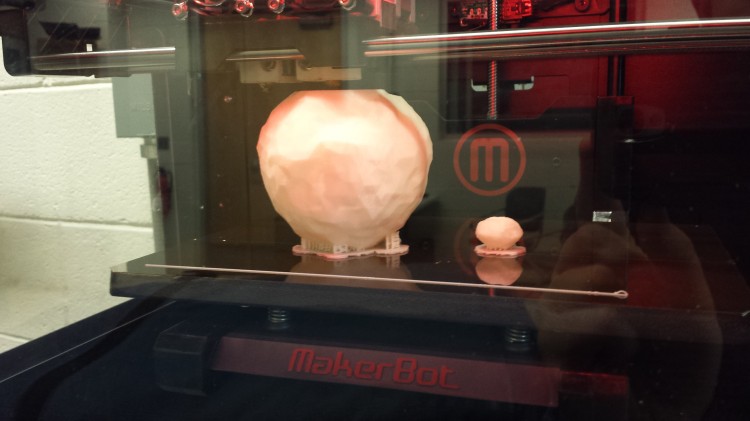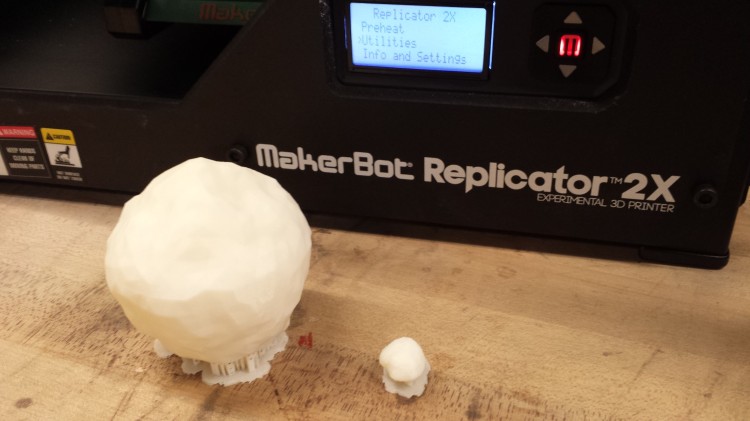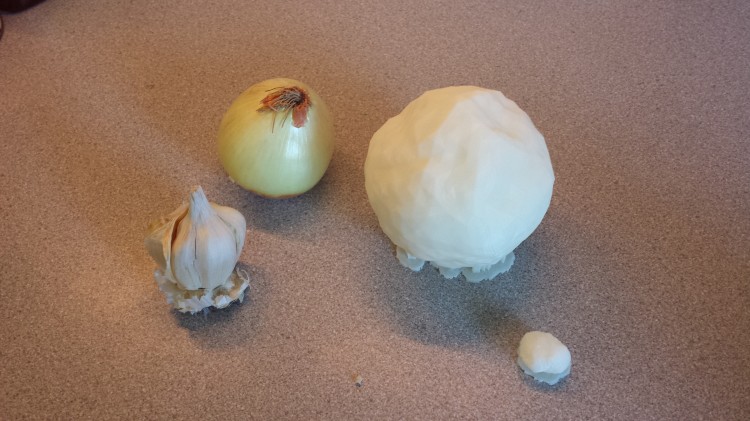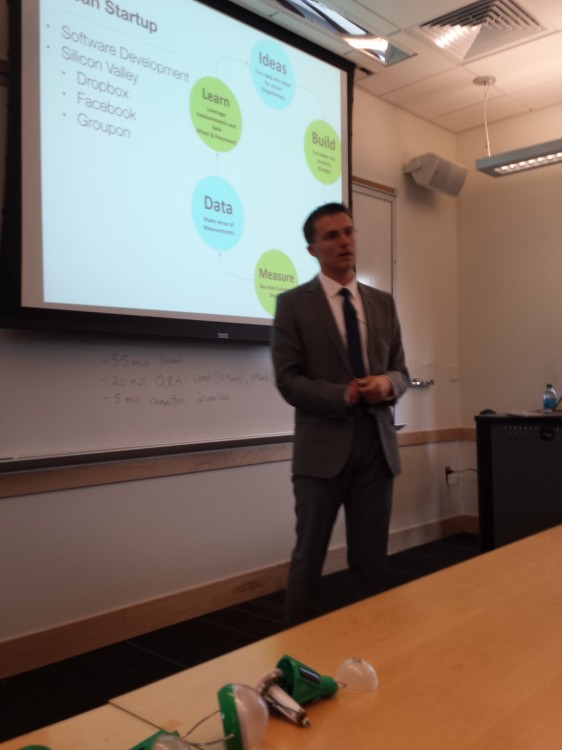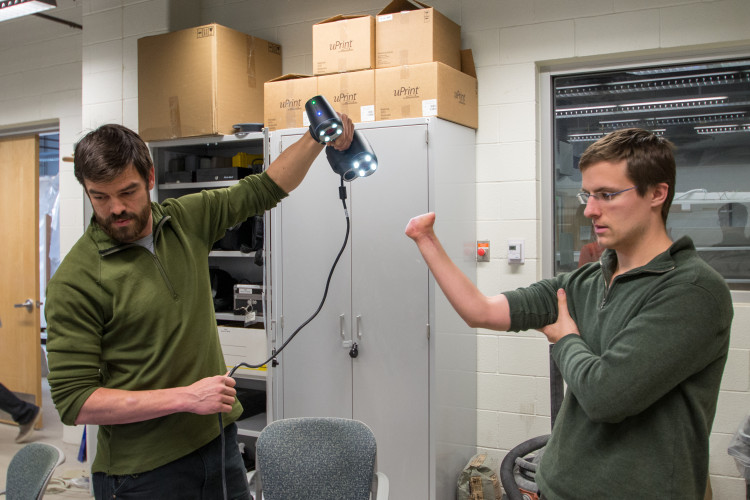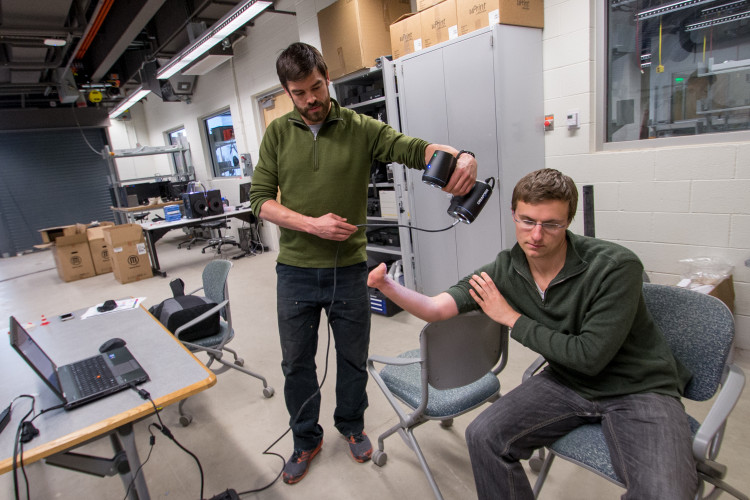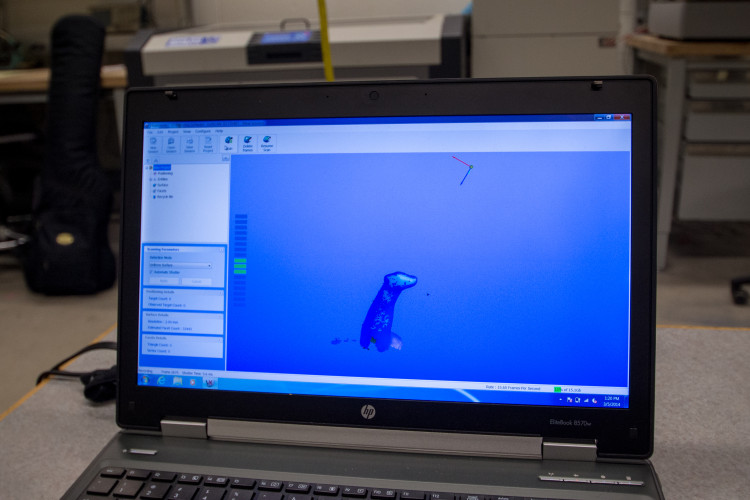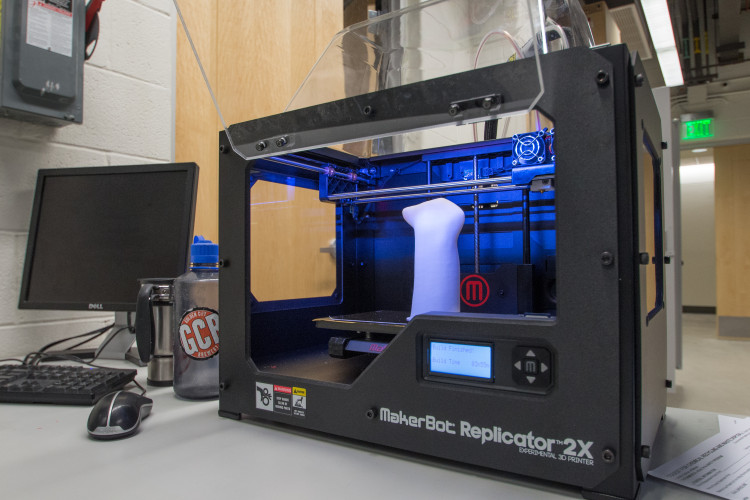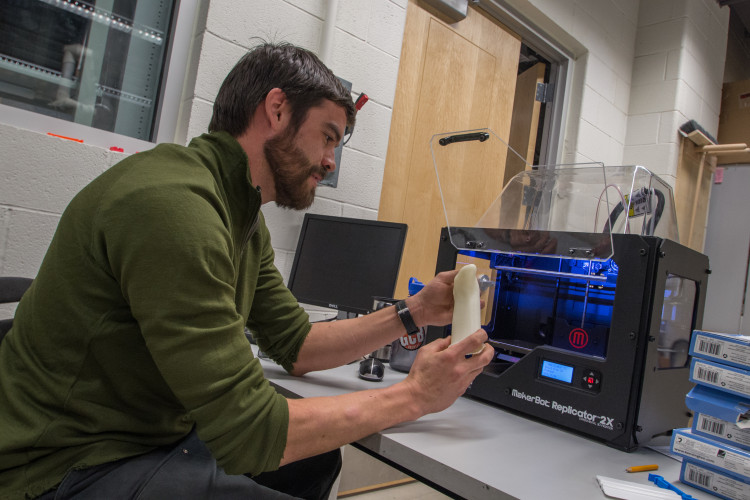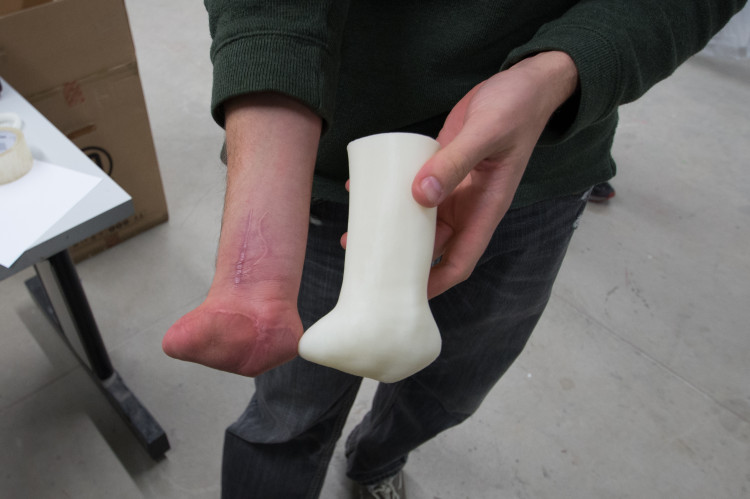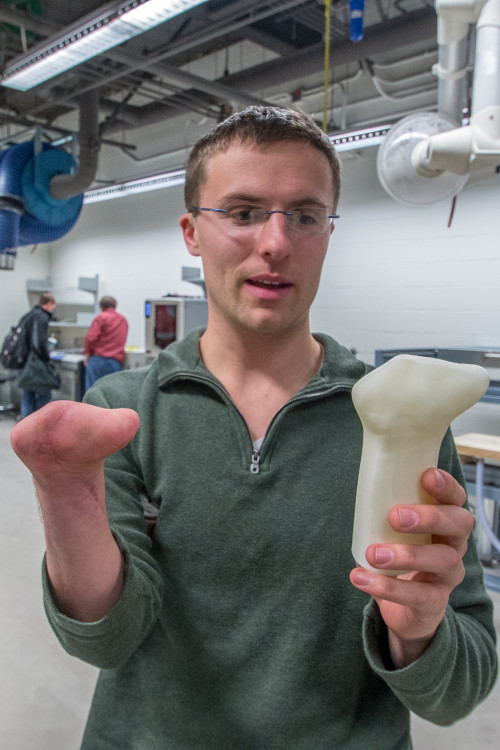Today I received some 3D imaging data from Alessondra Springmann and the National Astronomy and Ionosphere Center (NAIC) in Arecibo, Puerto Rico. The data was from a recent Aercibo Telescope radar run on the binary near-earth asteroid 1998QE2. I decided to throw the 3D data into the one of the new MakerBot Replicator 2X machines purchased for the Design Lab at the Colorado School of Mines to see what this asteroid and its moon really look like. More information on the Arecibo Telescope’s measurements is available in this abstract.
I will be using the resulting 3D printed models in upcoming courses as neat demonstration props that students can hold in their hands to see what radar data of asteroids really looks like. The educational applications of 3D printing are nearly limitless!
UPDATE: By popular request, here is the MakerWare .thing file to print your very own 1998QE2 model at home!
SECOND UPDATE: After initially agreeing that I could post the .thing file of 1998QE2, NAIC has asked me to take down the file for the time being while they do some additional work on the model. In the meantime, you can download models of other asteroids from the Database of Asteroid Models from Inversion Techniques (DAMIT). You will want to download the .OBJ file and then use the MeshLab converter to change it into a .STL file that can then be imported into MakerWare. Happy asteroid printing!
Start of the print.
Halfway there.
Almost done.
Completed and still on the build platform.
An asteroid and its moon.
Onion and garlic for scale. Sorry. I didn’t have a banana handy.

